Transcription of TIME MANAGEMENT TOOLS AND TECHNIQUES FOR …
1 Socio-economic Research Bulletin, 2014, Issue 4 (55) 57 time MANAGEMENT TOOLS AND TECHNIQUES FOR project MANAGEMENT Hazar Hamad Hussain* 1. Introduction The definition of project as a temporary refers that project has to be done within a limited time . Furthermore, when it comes to the main constrains of the project we find time along with cost and scope which required careful attention throughout the whole project life cycle, during planning phase, executing and monitoring and control before closing the project . time MANAGEMENT process happens mainly in the planning phase, although the project duration and the milestones are already decided in the initiation phase, but it is still the project manager s responsibility to plan the project activities and to meet the set project duration within the planned budget.
2 2. time MANAGEMENT The Processes involved in project time MANAGEMENT include (PMP, 2012): - Define Activities. - Sequence Activities. - Estimate Activity Resources. - Estimate Activity Durations. - Develop Schedule. We are going to present the main TOOLS and TECHNIQUES that are used in implementing these processes, as follows: 3. Define Activities This process includes defining the activities need to be implemented to achieve the project deliverables. The main TOOLS and TECHNIQUES used in Defining Activities process are (PMP, 2012): - Decomposition. - Rolling wave planning. - Templates. - Expert judgment. 4. Decomposition Decomposition in project MANAGEMENT means to divide the project into smaller pieces that can be easily managed and controlled. It is a technique used in Work Breakdown structure WBS creation and to define the required activities.
3 * Hazar Hamad Hussain; PhD; Economics and MANAGEMENT of National Economy Department; Odessa National Economic University; Ukraine. Socio-economic Research Bulletin, 2014, Issue 4 (55) 58 Fig. 1. Dividing project into smaller activities Source: B. Srinivasan, 2008 Decomposition of project scope generally involves the following activities (B. Srinivasan, 2008): - Gather information on major project deliverables and analyze related tasks. - Start development of work breakdown structure (WBS) at the highest level. - Decompose the upper WBS levels into lower level detailed components. - Identify each work package & WBS components with unique code, and Verify if the degree of decomposition of the work is necessary and sufficient. - Any of Levels of WBS need not be the same for all deliverables.
4 5. Work breakdown structure The work breakdown structure (WBS) is a checklist of every activity that must be performed to create the endproduct. This checklist becomes the foundation for the schedule, resource allocation, and budget plans (Joan Knudson &Bitz, 1991). Create a WBS using one or more of the following methods: questionnaire, one-to-one personal interviews, or group sessions. We recommend the group sessions as the vehicle for developing the most comprehensive work breakdown structure (ibid). Fig. 2 shows the basic framework for a WBS. Begin its construction by isolating the major work assignments for your project . Fig. 2. The basic framework for a WBS (Ibid) Socio-economic Research Bulletin, 2014, Issue 4 (55) 59 Rolling Wave Planning is a technique that enables you to plan a project as it unfolds.
5 This technique, then, requires you to plan iteratively. Essentially, when you use Rolling Wave Planning, plan until you have visibility, implement, and then re-plan. It is usually be used when you have clarity for the activities of the first months of the project . However, this method does not exempt you from organizing a milestones list and assumptions for the project as a whole (R. Sharma 1, 2013). The WBS defines the tasks logically; then the network organizes them sequentially. Every work task in the WBS must also appear in the network. The network analyzes the sequence of task execution and portrays it in a diagram to ensure that the team is in agreement about the sequence. The objective of the network is to portray visually the relationships of work activities to each other.
6 A network demonstrates these relationships and communicates them more clearly to project team members and to managers than any other technique (Knudson & Bitz, 1991). TOOLS and TECHNIQUES used for the Sequence Activity process are (PMP, 2012): 1. Precedence diagramming method (PDM): Precedence diagramming method (PDM) is used in the Critical Path Methodology (CPM) for constructing the project schedule network diagram. The Critical Path Method (CPM) is one of several related TECHNIQUES for doing project planning. CPM is for projects that are made up of a number of individual activities . If some of the activities require other activities to be finished before they can start, then the project becomes a complex web of activities (Samuel L. Baker, 2004). 2. Dependency determination: Dependencies of the activities on each other determine the route that the implementation can track during the project execution phase, it includes four types of dependencies or logical relat ionships: - Finish-to-start (FS).
7 - Finish-to-finish (FF). - Start-to-start (SS). - Start-to-finish (SF). 3. Applying leads and lags: Lead refers to a relationship whereby the successor activity begins before the predecessor activity has completed. While lag refers to a relationship whereby the successor activity cannot start right after the end of its predecessor s (R. Sharma 2, 2013). 4. Schedule network templates: it can be used to expedite preparation of networks of project activities. It includes the entire project or only a portion of it; portions of a project schedule network diagram are referred to as a sub-network or a fragment network. Estimate Activity Resources is the process of estimating the type and quantities of material, people, equipment, or supplies required to perform each activity.
8 The Estimate Activity Resource process is closely coordinated with the Estimate Costs process (PMP, 2012). The TOOLS and TECHNIQUES used in estimating activity resources are 1. Expert judgment. 2. Alternatives analysis. 3. Published estimating data. 4. Bottom-up estimating. 5. project MANAGEMENT software. 6. Estimate Activity Durations Process that requires the estimate of the amount of work effort required and the amount of resources to be applied for approximating the work periods needed to complete the activity (PMP, 2012). Socio-economic Research Bulletin, 2014, Issue 4 (55) 60 TOOLS and TECHNIQUES used are (Line MANAGEMENT Institute of Training, 2012): 1. Expert judgment: Expert judgment, guided by historical information, can be used whenever possible. The individual project team members may also provide duration estimate information or recommended maximum activity durations from prior similar projects.
9 2. Analogous estimating: Analogous duration estimating means using the actual duration of a previous, similar schedule activity as the basis for estimating the duration of a future schedule activity. 3. Parametric estimating: Estimating the basis for activity durations can be quantitatively determined by multiplying the quantity of work to be performed by the productivity rate. 4. Three-Points estimating: The accuracy of the activity duration estimate can be improved by considering the amount of risk in the original estimate. An activity duration estimate can be constructed by using an average of the three estimated durations. project Evaluation and Review Technique (PERT) is used to estimate the activity duration by applying a weighted average of optimistic (to), pessimistic (tp), and most likely (tm) estimates, when there is uncertainty wit h the individual activity estimates (PMP, 2012).
10 5. Reserve analysis: project teams can choose to incorporate additional time referred to as contingency reserves, time reserves or buffers, into the overall project schedule as recognition of schedule risk. The contingency reserve can be a percentage of the estimated activity duration, a fixed number of work periods, or developed by quantitative schedule risk analysis (Line MANAGEMENT Institute of Training, 2012). 7. Develop Schedule Analyzes activity sequences, durations, resource requirements, and schedule constraints to create the project schedule. TOOLS and TECHNIQUES used are (MindTools, 2013): - Schedule network analysis. - Critical path method. - Critical chain method. - Resource leveling. - What-if scenario analysis. - Applying leads and lags. - Schedule compression.
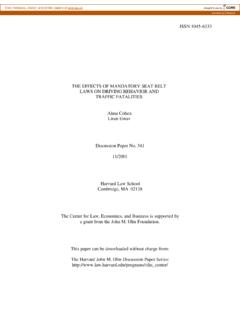
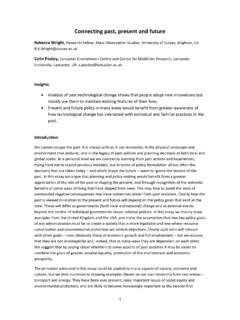
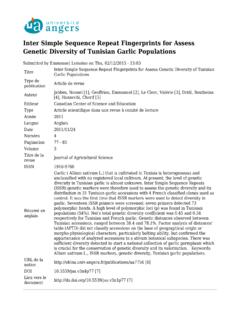
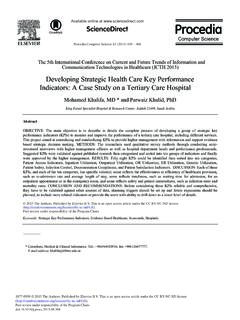
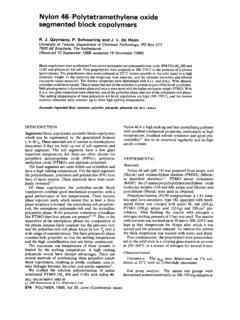
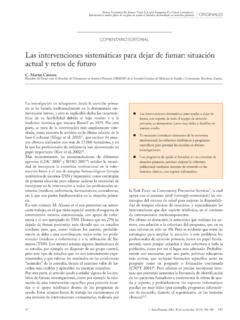
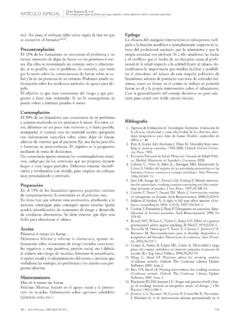
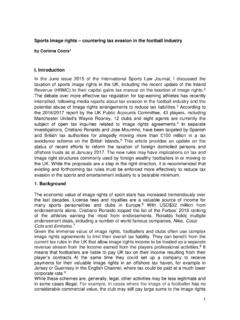

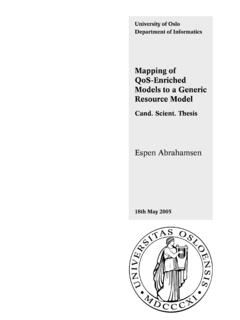
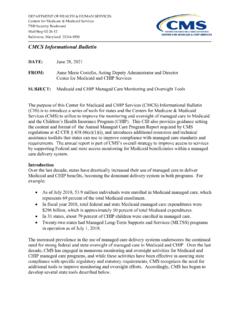
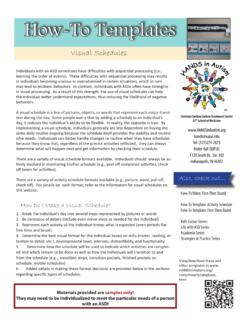

![Shareholders’ Agreement of [Company name] company. 1 ...](/cache/preview/c/a/5/f/4/1/7/0/thumb-ca5f4170c2cdab7797fd77799fe0e770.jpg)